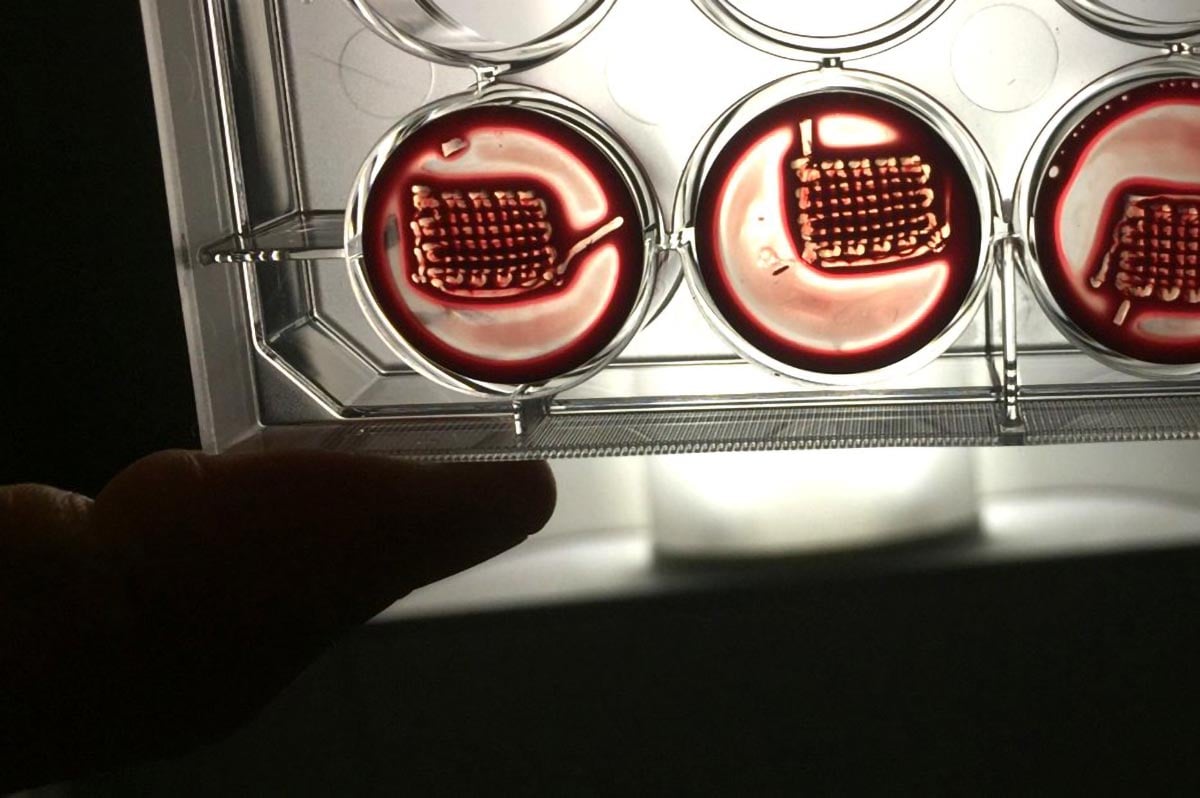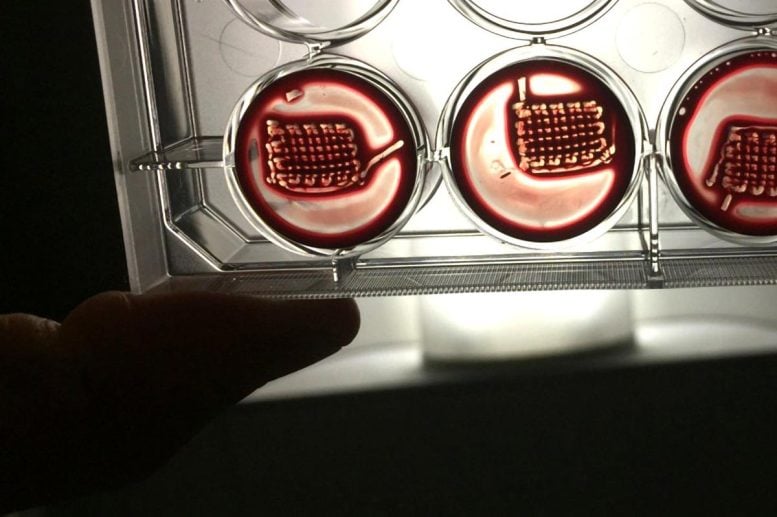

Scientists have developed a groundbreaking ‘biocooperative’ material using blood that not only repairs bones but also enhances natural healing processes.
This new material, created by combining synthetic peptides with patient’s blood, mimics the body’s own regenerative hematoma, potentially transforming regenerative medicine with personalized treatments that utilize and amplify the body’s innate healing abilities.
Biocooperative Materials
Researchers have developed a groundbreaking “biocooperative” material derived from blood that has demonstrated success in repairing bones. This innovation opens the door to personalized regenerative therapies that could transform the treatment of injuries and diseases.
Researchers at the University of Nottingham’s Schools of Pharmacy and Chemical Engineering have utilized peptide molecules to guide key processes involved in the body’s natural tissue healing. These peptides were used to create living materials designed to enhance tissue regeneration. Their findings were published on November 14 in Advanced Materials.
The Healing Power of Blood
The human body is remarkably adept at healing small ruptures or fractures, thanks to an intricate natural process. This process begins with liquid blood forming a regenerative hematoma (RH)—a dynamic microenvironment rich in key cells, macromolecules, and factors essential for orchestrating tissue repair.
The team developed a self-assembling methodology where synthetic peptides are mixed with whole blood taken from the patient to create a material that harnesses key molecules, cells, and mechanisms of the natural healing process. In this way, it was possible to engineer regenerative materials capable of not only mimicking the natural RH, but also enhancing its structural and functional properties.
Handling of a peptide-blood material showing its structural integrity and elasticity. Credit: University of Nottingham
Potential for Personalized Medical Applications
These materials can be easily assembled, manipulated, and even 3D printed while maintaining normal functions of the natural RH, such as normal platelet behavior, generation of growth factors, and recruitment of relevant cells important for healing. With this method, the team has shown the capacity to successfully repair bone in animal models using the animal’s own blood.
Alvaro Mata, who is Professor in Biomedical Engineering and Biomaterials in the School of Pharmacy and the Department of Chemical and Environmental Engineering at the University of Nottingham and led the study, said: “For years, scientists have been looking at synthetic approaches to recreate the natural regenerative environment, which has proven difficult given its inherent complexity. Here, we have taken an approach to try to work with biology instead of recreating it. This “biocooperative” approach opens opportunities to develop regenerative materials by harnessing and enhancing mechanisms of the natural healing process. In other words, our approach aims to use regenerative mechanisms that we have evolved with as fabrication steps to engineer regenerative materials.”
Exciting Prospects for Future Therapies
Dr. Cosimo Ligorio from the Faculty of Engineering at the University of Nottingham is co-author on the study, he says: “The possibility to easily and safely turn people’s blood into highly regenerative implants is really exciting. Blood is practically free and can be easily obtained from patients in relatively high volumes. Our aim is to establish a toolkit that could be easily accessed and used within a clinical setting to rapidly and safely transform patients’ blood into rich, accessible, and tuneable regenerative implants.”
Reference: “Biocooperative Regenerative Materials by Harnessing Blood-Clotting and Peptide Self-Assembly” by Soraya Padilla-Lopategui, Cosimo Ligorio, Wenhuan Bu, Chengcheng Yin, Domenico Laurenza, Carlos Redondo, Robert Owen, Hongchen Sun, Felicity R.A.J. Rose, Thomas Iskratsch and Alvaro Mata, 14 November 2024, Advanced Materials.
DOI: 10.1002/adma.202407156

